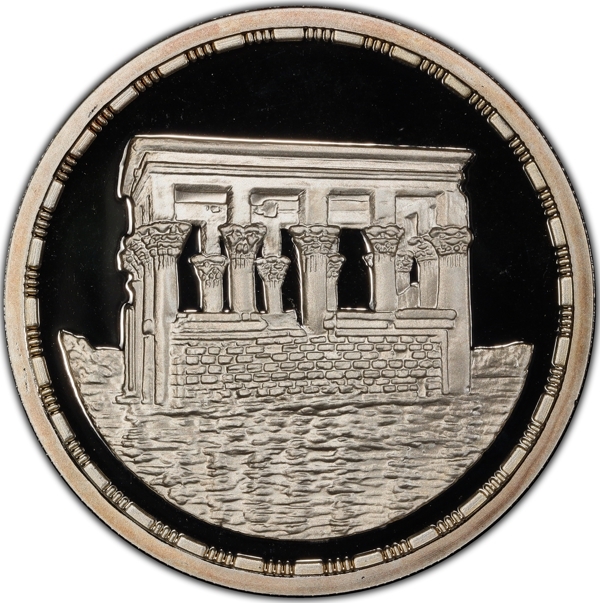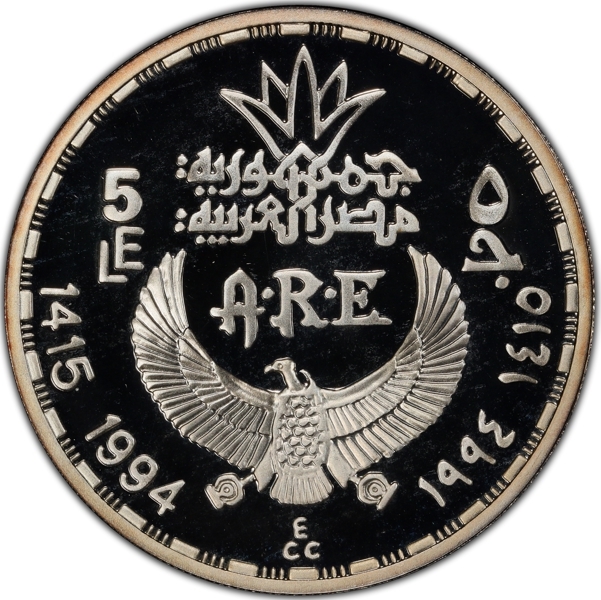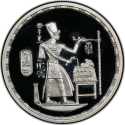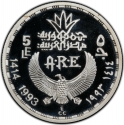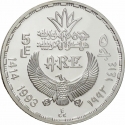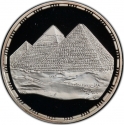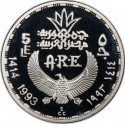You are about to finish your registration. Please check your mailbox (including spam folder). There should be a letter with a confirmation link. Check setting to make sure that your e-mail address is correct.
Send letter againDescription
The monuments of Philae include many structures dating predominantly to the Ptolemaic Period (332–30 BC). The most prominent of these is a temple begun by Ptolemy II Philadelphus (285–246 BC), which he dedicated to Isis, the mother of Horus. A scene in mammisi "birth room", where the birth of Horus was celebrated, depicts Isis suckling her son Horus in the marshes.
The temple of Isis was one of the last ancient Egyptian temples to remain active, as it continued to function until the reign of the Byzantine Emperor Justinian I (527–565 AD), who ordered the foreclosure of all pagan temples. It is here that a priest of Isis named Esmet-Akhom carved the very last dated hieroglyphic inscription, which dates to the late 4th century AD (394 AD). The temple was converted into a Christian church and many inscriptions were deliberately destroyed.
Nearby, there also is a temple dedicated to Hathor built by Ptolemy VI Philometor (180–145 BC) and Augustus, the first emperor of Rome (30 BC–14 AD). The Kiosk of Trajan (98–117 AD), which used to front the temple complex of Philae, still stands strong, despite its roof having disappeared. Its regular arrangement of columns made it an aesthetic delight and was regularly described or depicted by travelers to the island. Isis is once again central to this cult, as the emperor is shown making offerings to her, her consort Osiris, and their son Horus.
All these monuments were relocated from the original Philae island to the nearby island of Agilkia during the UNESCO Nubia Campaign in the 1960’s to rescue sites flooded by the construction of the Aswan High Dam.
Obverse

|
Depicts an outer view of Trajan's Kiosk and the Nile River below. |
|---|---|
Reverse

|
Stylized state name (Arab Republic of Egypt) divides denomination in Arabic and English and abbreviation of state name (A.R.E.) below, the date in Arabic (Hijri) and Western (Georgian) divides by a vulture with open wings. Engraver's initials (ECC) below. 5 ٥ جمهورية مصر العربية |
| Edge |
5 Pounds
Pharaonic Treasure / Ancient Egyptian Art
Philae Temple
Subscribe series
KM# 1886
Pharaonic Treasure / Ancient Egyptian Art
Philae Temple
